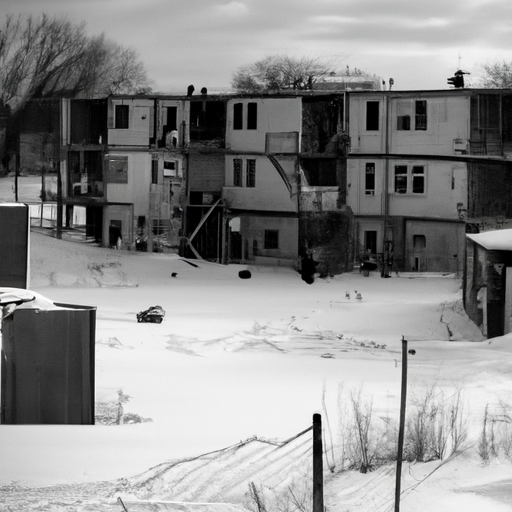The Canadian Opioid Crisis and Its Disproportionate Effects in the North
Recently, a thought-provoking article by Ken Coates was published by the Macdonald-Laurier Institute discussing the unique challenges faced in the Canadian north amid the ongoing opioid crisis. This insightful piece reveals that the effects of the opioid crisis in these northern regions are more prevalent and destructive than in other parts of the country.
Opioid Crisis: A Glaring Issue in the Canadian North
The opioid crisis is a nationwide catastrophe that is disproportionately affecting the northern regions of Canada. The higher rates of opioid misuse and overdose in these areas are primarily attributed to socio-economic factors, including high unemployment rates, limited access to healthcare, and elevated levels of poverty.
The Intricate Link between Opioid Crisis, Homelessness, and Crime
Coates’ piece underlines the intricate relationship between the opioid crisis, homelessness, and crime. Opioid abuse often leads to homelessness as individuals become unable to sustain employment or maintain stable housing due to their addiction. This homelessness, in turn, often leads to crime as affected individuals may resort to illegal activities to support their addiction. Thus, a vicious cycle unfolds, with each element exacerbating the others. According to Coates, this cycle is particularly destructive in the north, where the bitter cold forces homeless individuals to seek shelter in places which might inadvertently facilitate substance abuse and criminal behaviour.
The Way Forward to Combat the Opioid Crisis
Coates makes it clear that tackling the opioid crisis will require more than just a medical solution. It will mean addressing the complex social issues that aggravate it — such as poverty, unemployment, homelessness, and crime — particularly in the north. He notes some strategies to combat the crisis:
- Implementation of wider social reforms to address the root causes of the crisis, especially unemployment and poverty.
- More robust provision of support services such as homeless shelters that do not inadvertently facilitate drug abuse and crime.
- Widespread distribution of naloxone (an opioid overdose reversal drug).
Ongoing Efforts and Future Direction
Some of the ongoing efforts against the opioid crisis include the opioid class action lawsuit against pharmaceutical manufacturers and distributors. This includes efforts such as seeking compensations for public costs of treating opioid addictions and overdoses, which is a step in the direction of holding these companies accountable for their role in triggering the opioid crisis. However, Coates emphasises that these efforts alone are not enough to address the overall scope of the opioid crisis in the Canadian north. This will require a holistic approach that addresses the underlying socio-economic issues while also providing resources for addiction treatment and prevention.
In Conclusion
Ken Coates’ article provides us with a chilling reminder that the effects of the opioid crisis are not uniformly distributed. The north, with its unique socio-economic context, bears a disproportionate burden. Beyond the emphasis on treating and preventing opioid abuse, it is imperative that we also address the poverty, unemployment, homelessness, and crime that aggravate the crisis. Further, the use of resources such as naloxone for overdose reversal and the ongoing opioid class action are critical steps towards managing the crisis. However, as Coates points out, much more needs to be done, particularly when it comes to understanding and addressing the crisis in the north.
As a conscious community, let’s address this issue from a comprehensive perspective, looking not only at the immediate consequences of the opioid crisis but also the underlying social issues. Only then can we hope to make strides in eliminating this devastating crisis.


